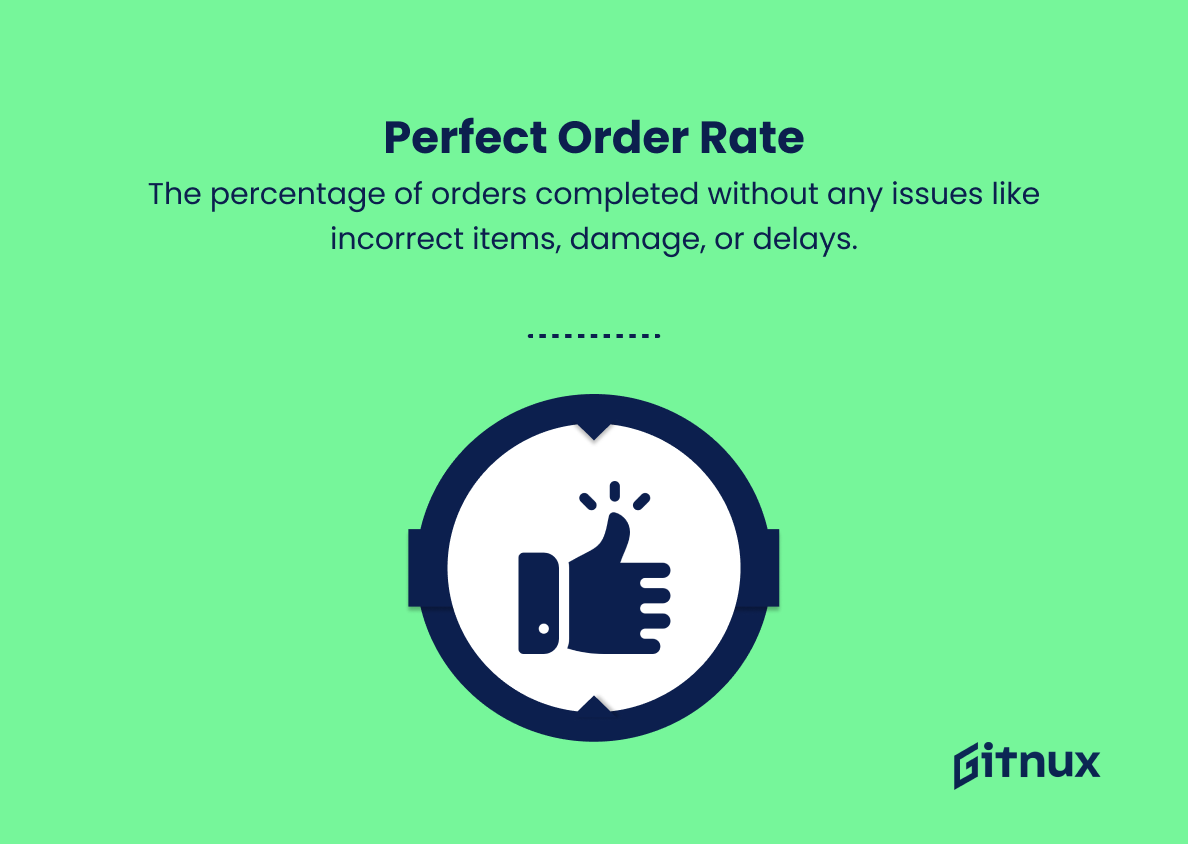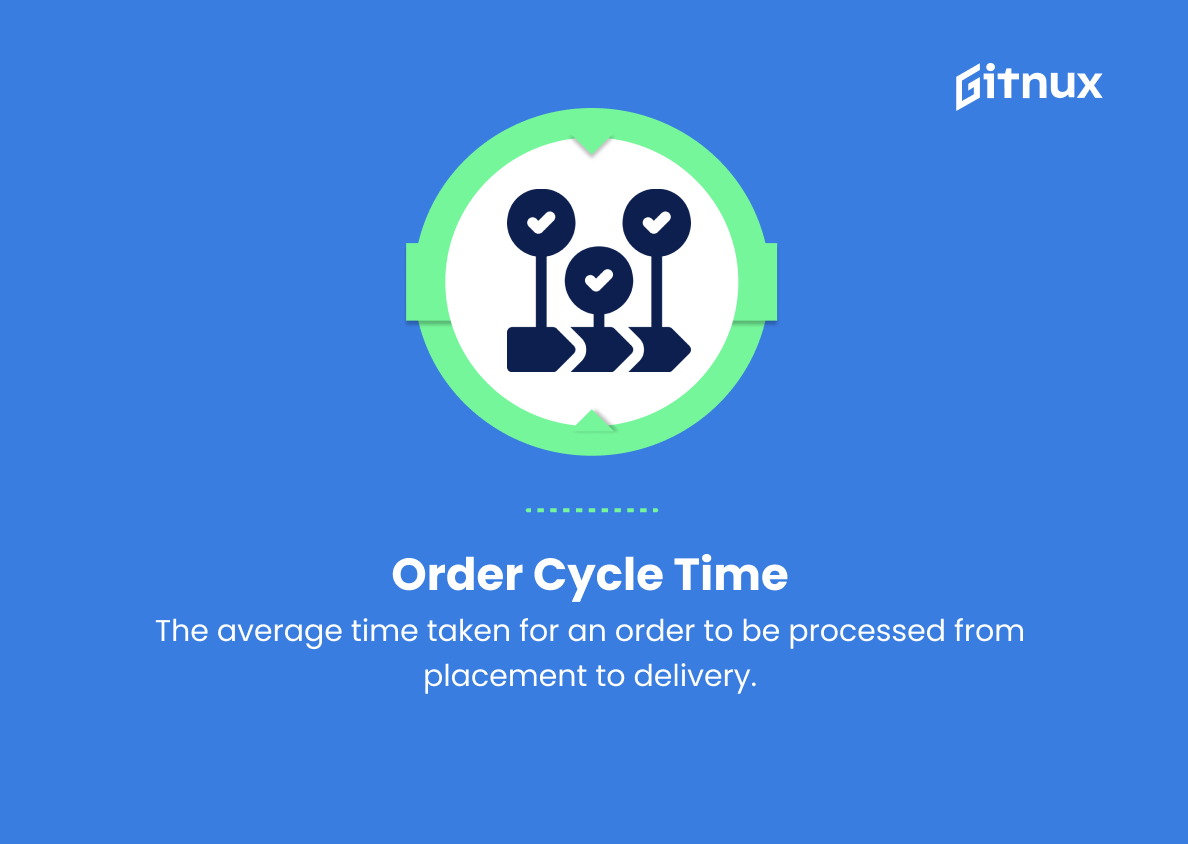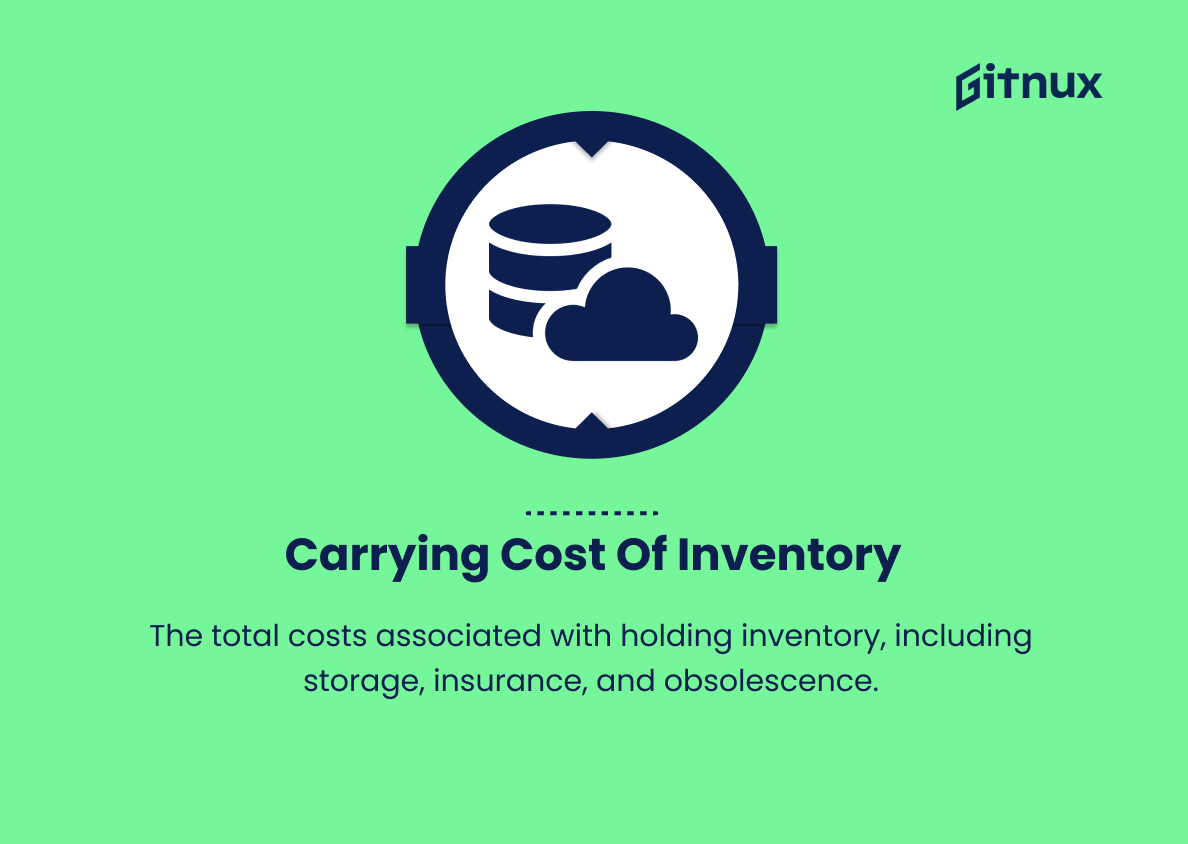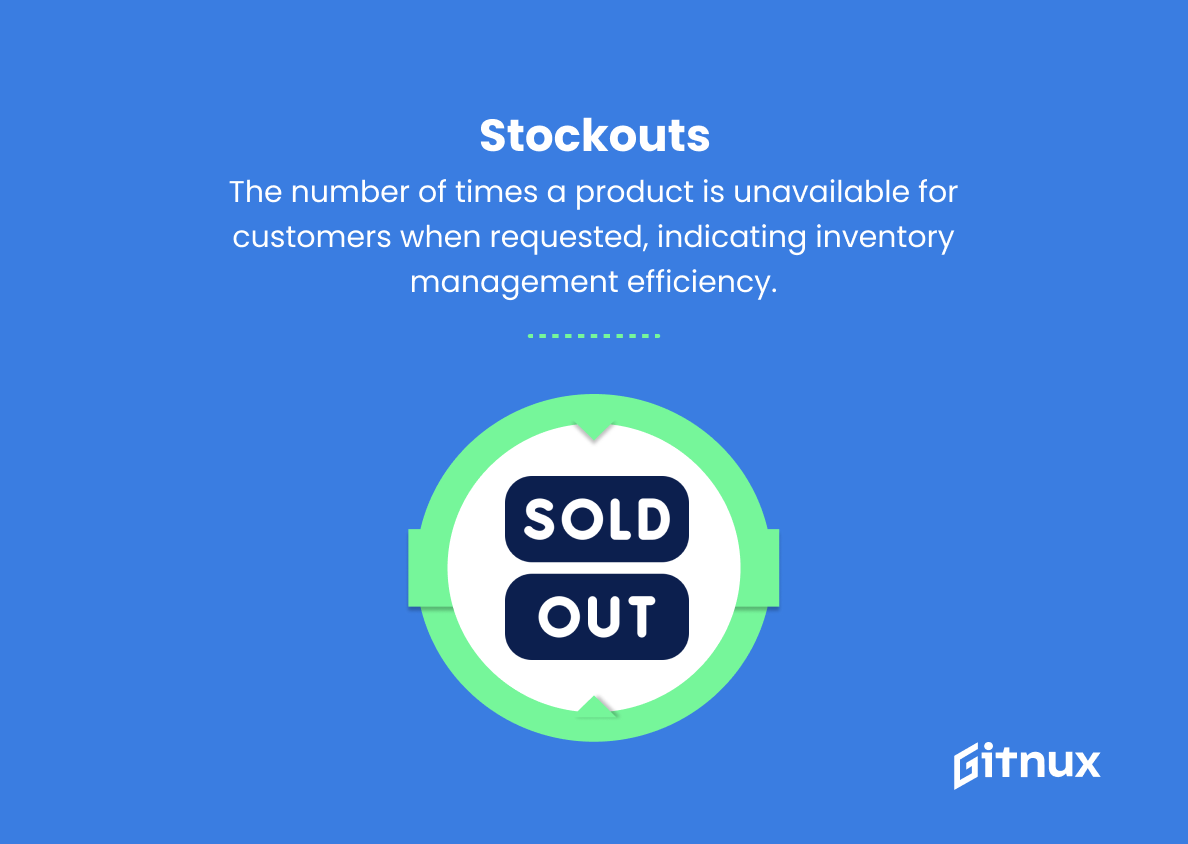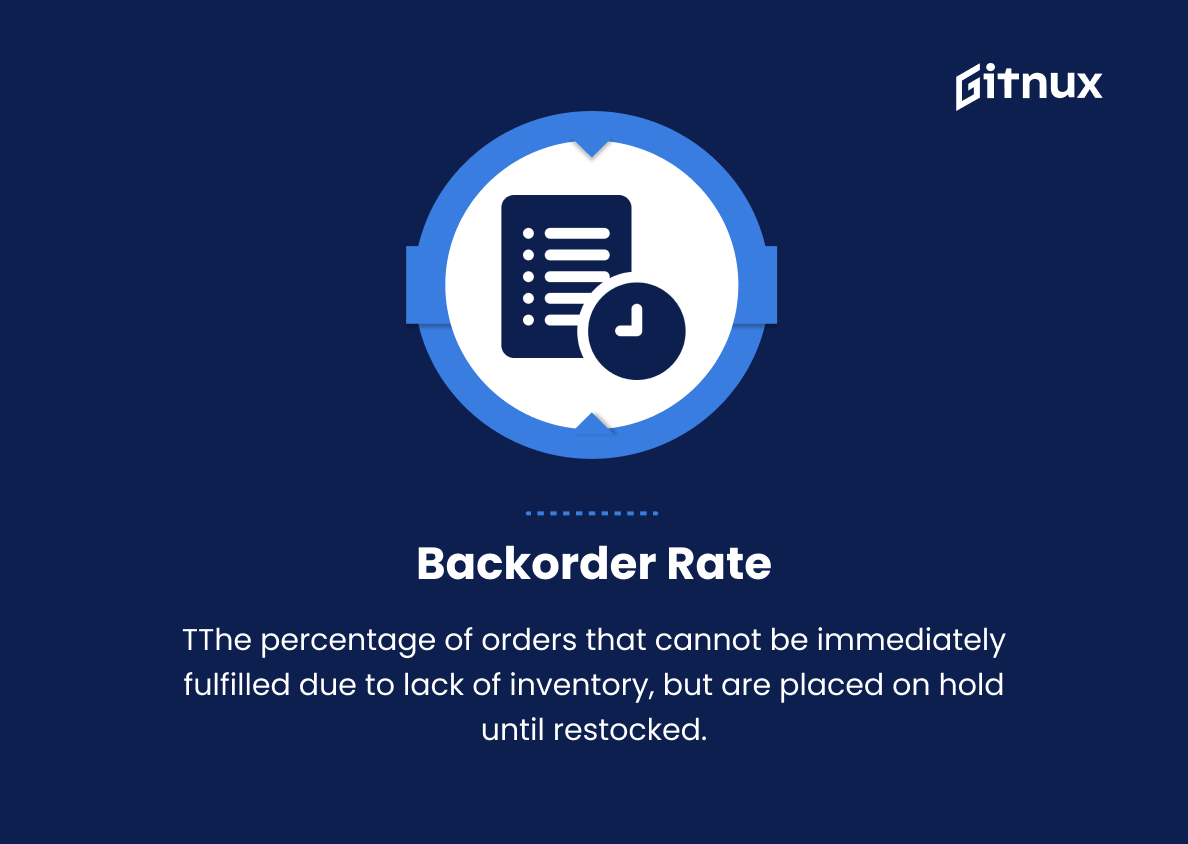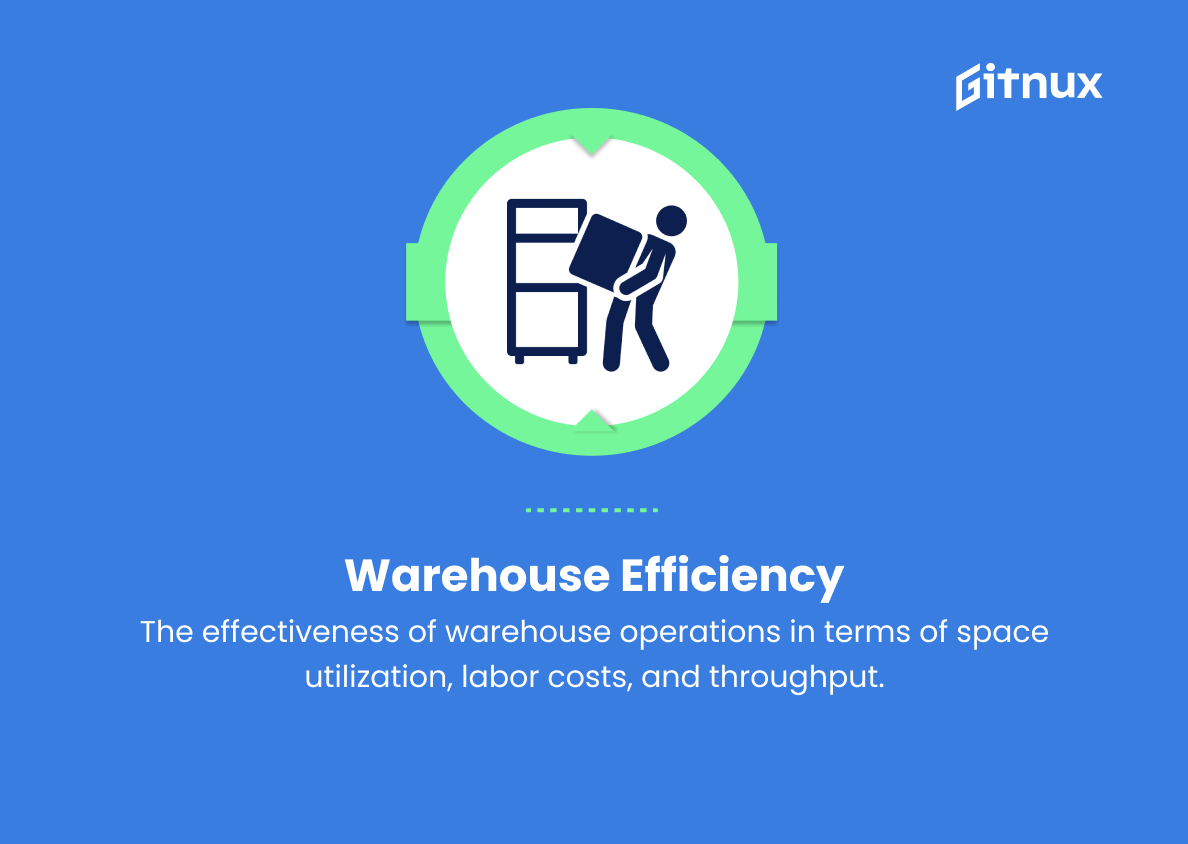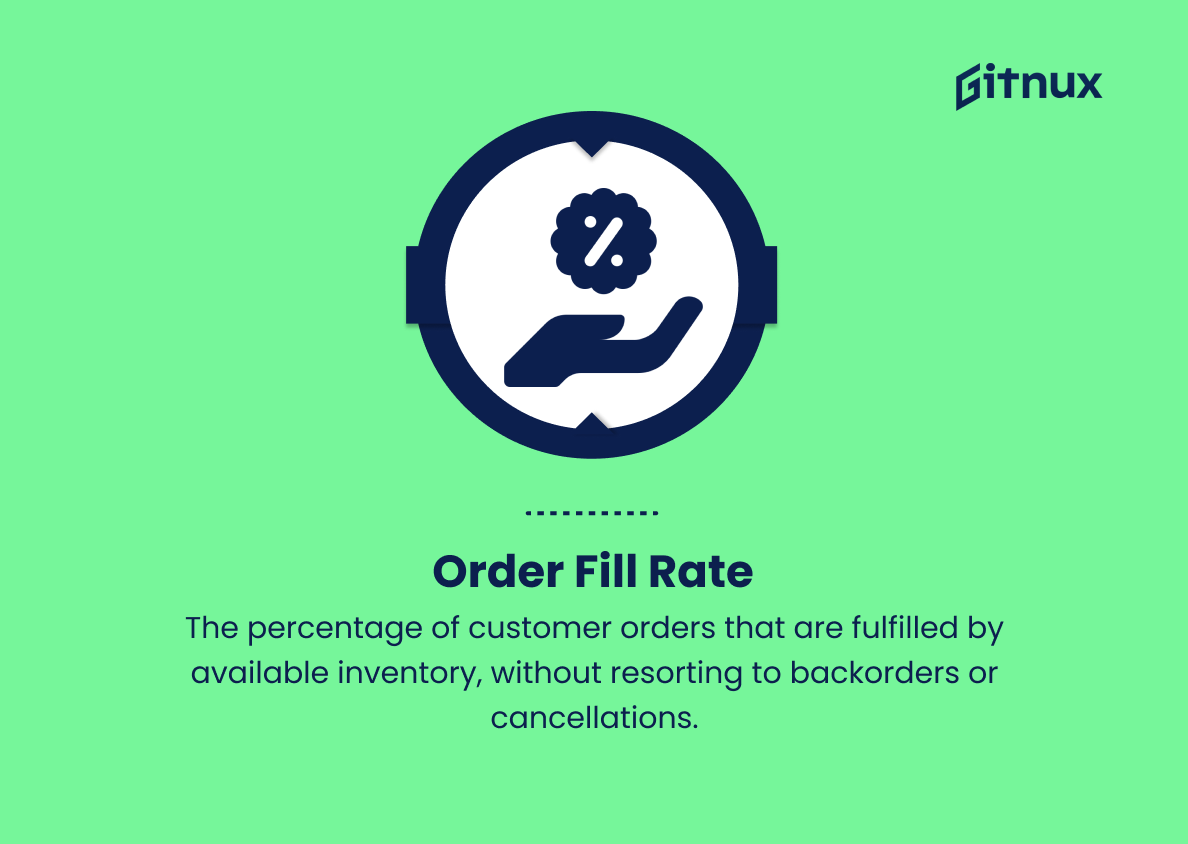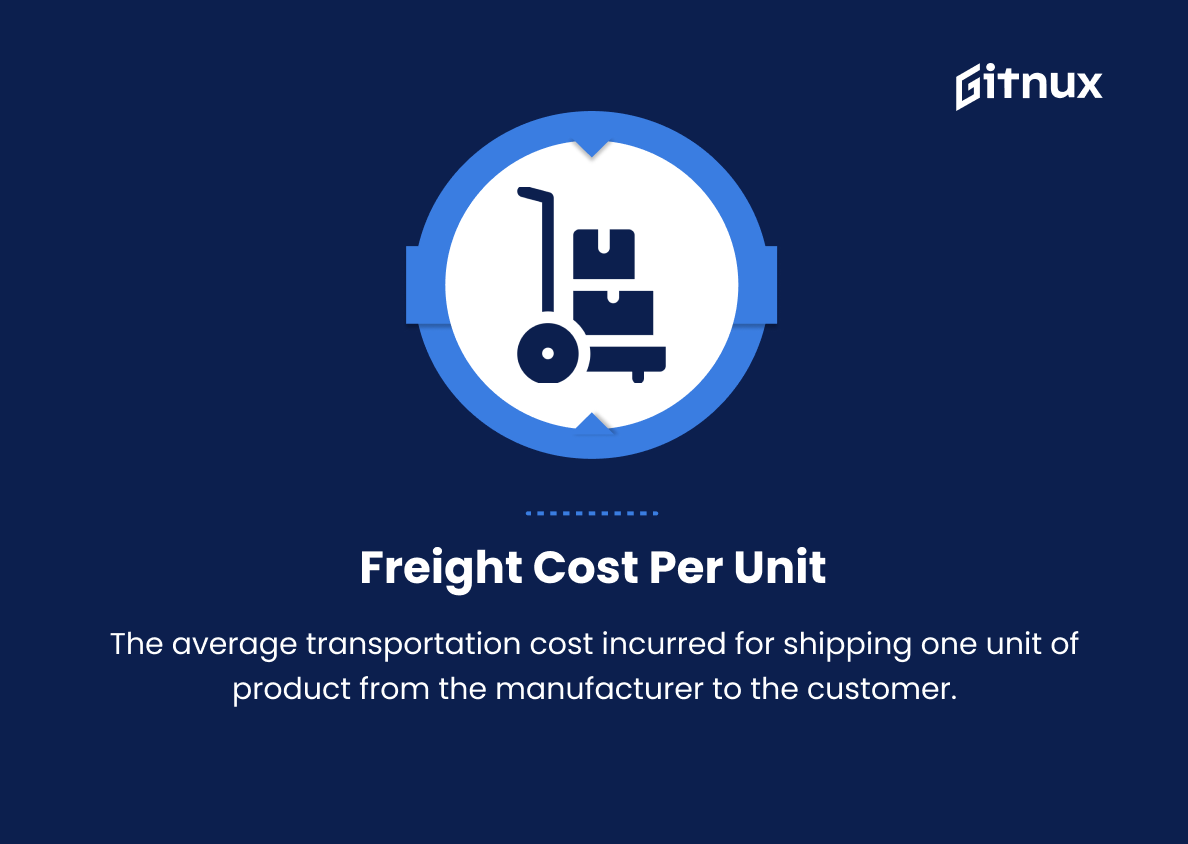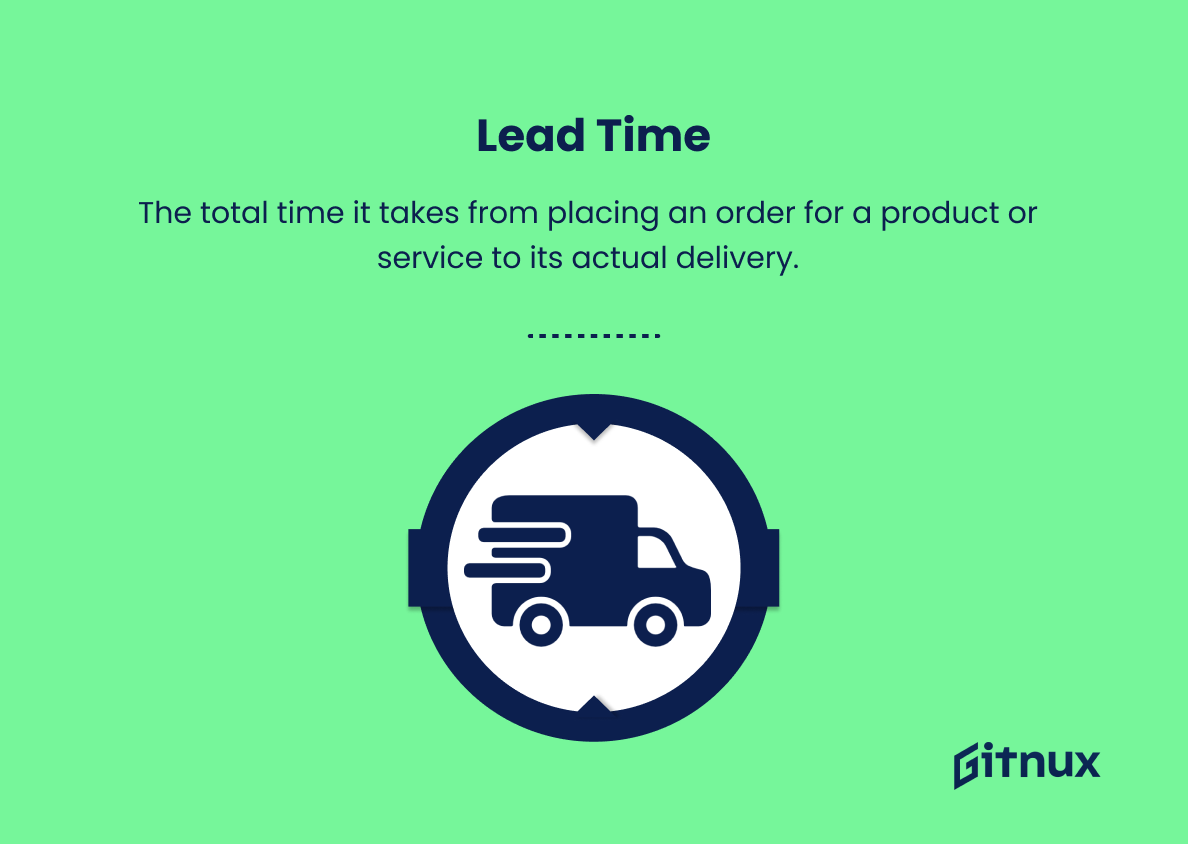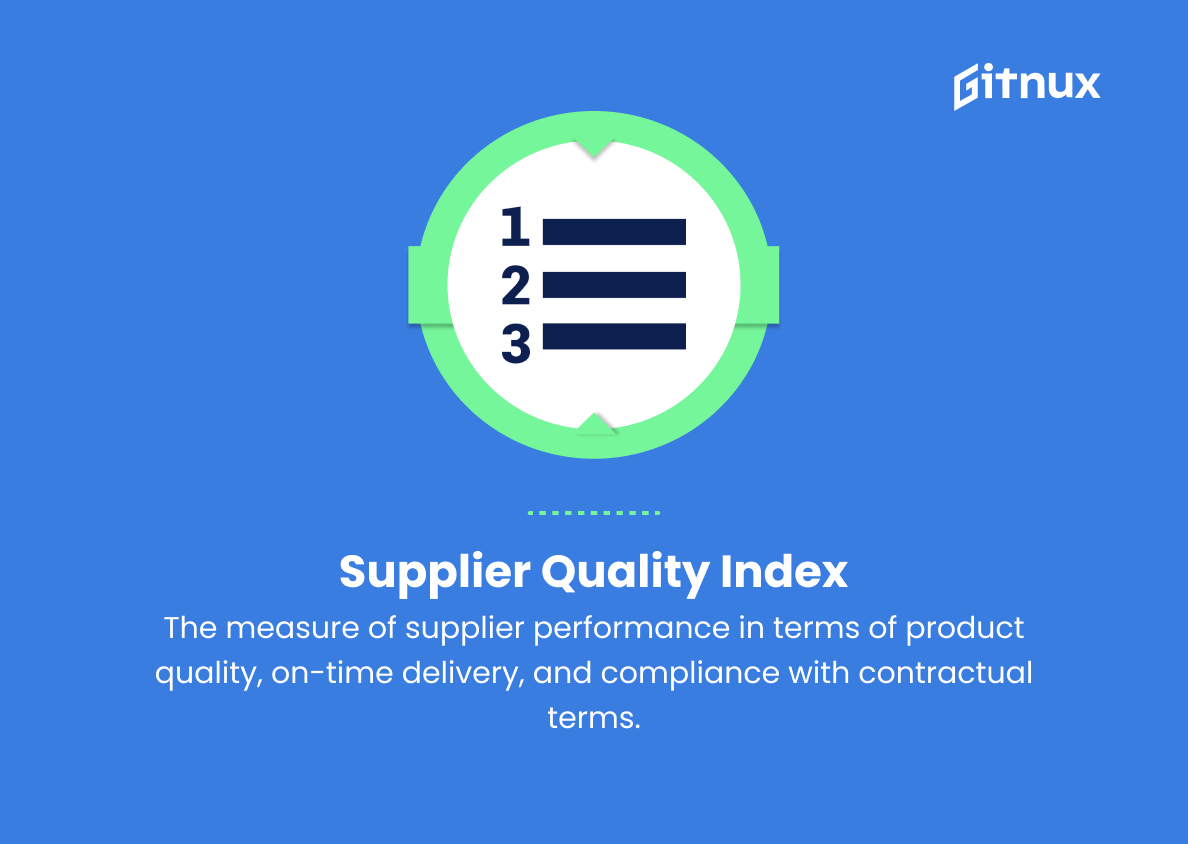In today’s dynamic and rapidly evolving global marketplace, a well-functioning and efficient supply chain has become increasingly critical for companies to maintain a competitive edge. As a result, companies are scrutinizing their supply chain performance and exploring innovative ways to optimize and streamline their operations. A critical aspect of this ongoing effort is identifying and measuring the right key performance indicators (KPIs).
In this comprehensive blog post, we will delve into the realm of supply chain KPIs, which play a pivotal role in driving success and ensuring sustainability. We will discuss their importance, the different types of KPIs, and best practices for selecting and tracking the most relevant KPIs to help you achieve your supply chain goals. So buckle up as we embark on this insightful journey to unlock the full potential of your supply chain and drive your business to new heights.
Supply Chain KPIs You Should Know
1. Order Accuracy
The percentage of orders fulfilled correctly, considering product type, quantity, and shipment details.
2. Perfect Order Rate
The percentage of orders completed without any issues like incorrect items, damage, or delays.
3. Order Cycle Time
The average time taken for an order to be processed from placement to delivery.
In today’s dynamic and rapidly evolving global market, a well-functioning and efficient supply chain has become increasingly essential for businesses to maintain a competitive edge.4. Inventory Turnover
The amount of times a company’s inventory is sold and replaced over a given time period.
5. Carrying Cost of Inventory
The total costs associated with holding inventory, including storage, insurance, and obsolescence.
6. Stockouts
The number of times a product is unavailable for customers when requested, indicating inventory management efficiency.
7. Backorder Rate
The percentage of orders that cannot be immediately fulfilled due to lack of inventory, but are placed on hold until restocked.
8. On-time Delivery Rate
The percentage of orders delivered within the promised time frame to customers.
9. Warehouse Efficiency
The effectiveness of warehouse operations in terms of space utilization, labor costs, and throughput.
10. Return on Assets (ROA)
A financial metric evaluating how effectively a company is using its assets to generate profits in the supply chain process.
11. Order Fill Rate
The percentage of customer orders that are fulfilled by available inventory, without resorting to backorders or cancellations.
12. Capacity Utilization Rate
The percentage of a facility’s total production capacity that is actually being utilized for manufacturing or storing goods.
13. Freight Cost per Unit
The average transportation cost incurred for shipping one unit of product from the manufacturer to the customer.
14. Lead Time
The total time it takes from placing an order for a product or service to its actual delivery.
15. Supplier Quality Index
The measure of supplier performance in terms of product quality, on-time delivery, and compliance with contractual terms.
16. Purchase Order Cycle Time
The average time taken from raising a purchase order to receiving the goods from a supplier.
Supply Chain KPIs are vital for organizations to monitor and improve their supply chain performance, driving efficiency and ensuring customer satisfaction.17. Cash-to-Cash Cycle Time
The time taken for a company to convert its investment in inventory and other supply chain resources back into cash.
18. Dwell Time
The duration a shipment spends waiting during various stages of shipping, such as at a port, which can increase overall lead time and costs.
19. Demand Forecast Accuracy
The accuracy of predicting product demand, which influences production planning and inventory management.
20. Supplier Lead Time
The time it takes for a supplier to deliver goods after receiving a purchase order. This influences a company’s inventory planning and order cycle time.
Supply Chain KPIs Explained
Supply chain KPIs are critical for organizations to monitor and improve supply chain performance, drive efficiency, and ensure customer satisfaction. Order Accuracy and Perfect Order Rate are essential indicators of order fulfillment excellence, while Order Cycle Time, Inventory Turn, and Carrying Cost of Inventory provide insight into inventory management and efficiency. Out-of-stocks, backorder rate, and order fill rate measure the ability to effectively maintain inventory levels and meet customer demands in a timely manner.
On-time delivery rate and warehouse efficiency reflect the effectiveness of logistics and distribution. Return on Assets (ROA), Capacity Utilization Rate, and Freight Cost per Unit show financial efficiency and optimal use of resources. Lead time, supplier quality index, order cycle time, and supplier lead time measure supplier performance and its impact on inventory planning and order cycle time.
Finally, Cash-to-Cash Cycle Time, Dwell Time, and Demand Forecast Accuracy drive financial stability and overall supply chain management effectiveness. Together, these KPIs provide a comprehensive view of the supply chain, enabling companies to identify areas for improvement and drive growth.
Conclusion
In summary, effectively monitoring and managing supply chain KPIs is critical for companies to remain competitive and responsive in an ever-changing global marketplace. Choosing the right KPIs, creating a balance between leading and lagging indicators, and utilizing real-time tracking tools are essential strategies for companies looking to optimize their supply chain performance.
By prioritizing communication and collaboration among all stakeholders, companies can ensure seamless supply chain operations and drive business growth. Ultimately, a well-rounded approach to evaluating supply chain KPIs will lead to better decision-making, improved efficiency, and lasting success in today’s complex and fast-paced business environment.

